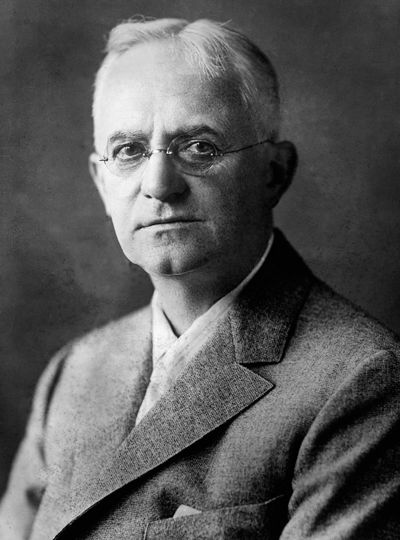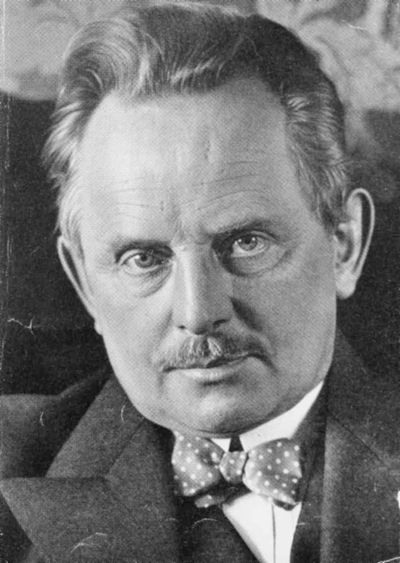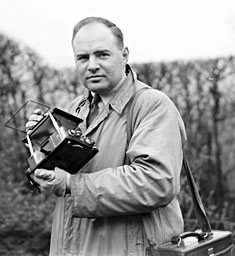
Until the 1890s, photography was primarily a professional occupation. The advent of consumer photography in that final decade of the 19th century, can therefore be considered a major step in photographic history. Again, this development was driven by technological advancements: in the 1880s, the American George Eastman had launched a flexible roll film as well as the first Kodak camera. This portable device – no longer requiring a tripod – offered 100 exposures, only to be processed after having returned the entire camera to the Eastman company. The result: circle-shaped pictures of recommendable quality. While professional photographers and artists explored this new tool from a creative standpoint, domestic and snapshot photography took a flying start: anyone capable of pressinga button and winding a crank could now be a photographer, capturing whatever he or she might find interesting – for an affordable price.

The democratization of photography was a true revolution and anirreversible process, precipitating the omnipresence of the image in the 21st century. Oskar Barnack of the E. Leitz company made his contribution to this evolution by inventing – at the eve of World War I – a miniature camera using perforated strips of 35-mm film, later to be commercialized as the Leica (1924). While some distrusted this easy-to-use and compact device and deemed it unsuitable for serious photography, others embraced the new opportunity to photograph anytime, anywhere. Very soon the Leica became the predominant camera among both professionals and amateur photophiles.
The next iconic invention was that of the flashbulb (1930), replacing the highly dangerous flash powder with gas discharge tubes. This development in its turn yielded the perfection of the electronicflash, requiring short exposure times and compact enough to fit into a pocket camera. Soon after (1935), another photographer’s dream was fulfilled when Eastman Kodak launched its new color reversal films. Almost 30 years after the brothers Lumière’s autochrome glass plates, color photography was now within everyone’s reach.

Many dilettante enthusiasts of photography have enriched the early photographic repertoire with true masterpieces. John Topham [TopFoto EU029307, EU021718, EU029820, EU022407, EU022974, EU021917, 1135554] was indisputably one of the most gifted amateurs-turned-pros: quitting the London police force in the 1920s, he pursued a career behind the camera to become one of the century’s most important photographers. From 1931 till 1972, he photographed – as he put it – the “little things of life – the way it really was”. Princess Elena Petrović-Njegoš of Montenegro [ICCU 15_10_7], Italy’s queen in the first half of the 20th century, was an amateur photographer with an eye for business as well: passionately documenting her travels with many a well-achieved picture, she also invented theconcept of the ‘signed photograph’, sold at charity desks to help raise funds for the victims of WorldWar I.

